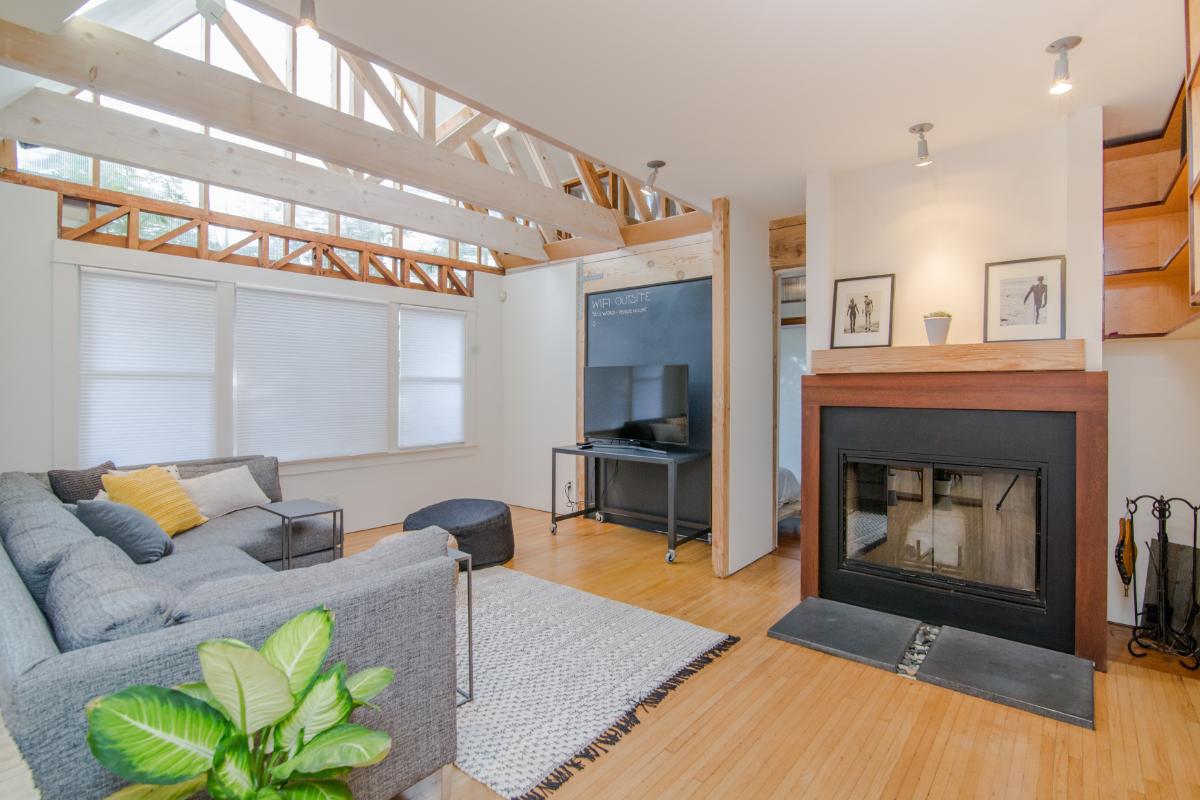
The difficulty of coping with tenant turnover is something
many new landlords don't appreciate. And even experienced operators will admit
tenant turnover is one of the most stressful aspects of being a buy to let
landlord.
What is tenant turnover?
When a tenant leaves a property and another move in, this is
tenant turnover. Those landlords with a portfolio of properties will naturally
experience higher tenant turnover than single property landlords. However, even
single property owners will experience a regular turnover of tenants if they
let their rentals on short-term tenancies.
Why is tenant turnover such a big deal?
High tenant turnover is usually bad news for private
landlords. Void periods between tenancies mean no rental income. And of course,
the higher the turnover the more void periods and the more money lost. But the
property being empty isn’t the only problem landlords have with tenant
turnover.
Letting a property can be expensive. Every time a tenant
moves out the landlord incurs costs. These obviously include finding a new
tenant. Marketing costs can add up. There may also be decorating costs. And
inevitably the rental will need a deep clean. All of which takes time and
money. Then there may be additional legal expenses and letting agent's fees.
Added to all those expenses will be the lost rental revenue
if the property is empty between tenants. All this happens at the end of every
lease. This makes it quite obvious why tenant turnover can become very expensive
for the private landlord.
Why landlords should look to minimise tenant turnover
Minimising the number of tenants who pass through a property
will save a landlord money. It'll also save a lot of time and
inconvenience. All very good reasons why
reducing tenant turnover is a very good idea for every landlord. But all
tenancies will eventually come to an end.
At the end of the tenancy
The end of the tenancy is obviously a hectic time. And as
we've seen it can be an expensive one. But by being prepared landlords can save
on time and costs.
·
Advertise the property as soon as a tenant
serves notice.
·
Market the rental on the big property sites like
Rightmove.
·
Use a letting agent property management scheme
such as MakeUrMove's Good
Landlord which helps find tenants faster.
·
Conduct viewings and referencing as soon as
possible.
·
Complete any routine maintenance and / or
decoration before the end of the current tenancy.
·
Make sure the tenancy agreement is ready to sign
and deposit paid on the last day of the current tenancy.
The aim of course is to have the new tenant move in on the
day after the current tenant leaves. It's not always possible but the less time
between tenancies the better. And the less expensive tenant turnover becomes.
How to avoid tenant turnover
Some turnover of tenants is inevitable of course. But all
landlords can benefit by reducing or minimising their turnover of renters. And
the best way of doing that is by encouraging existing tenants to stay longer.
Landlords can encourage long-term renters by:
·
Building a good tenant-landlord
relationship.
·
Making it easy for tenants to report issues.
·
Carrying out repairs promptly.
·
Providing 'extras' such as broadband or a
dishwasher.
·
Ensuring all appliances are good quality and
well maintained.
·
Charging a realistic rent.
Long-term tenants bring so many benefits. By keeping the
same tenant longer, the rental payments keep flowing every month with no void
periods. And crucially all the expenses involved in finding a new tenant and
preparing the property are avoided.
Private landlords can find tenants fast by listing their property
with MakeUrMove the online letting platform bringing landlords and tenants
together.







